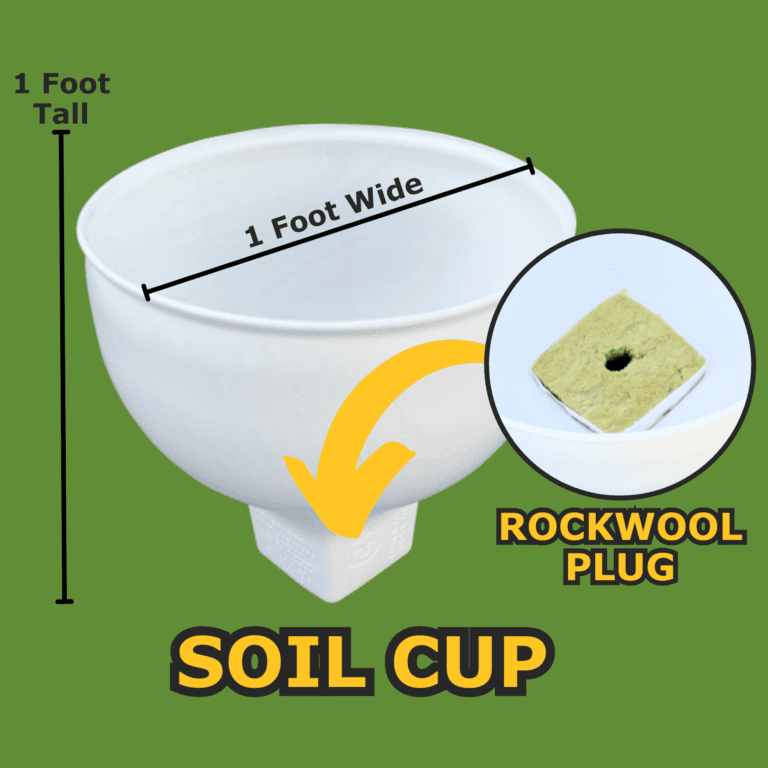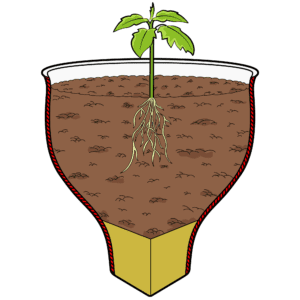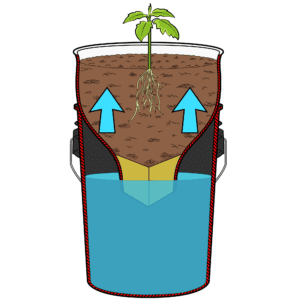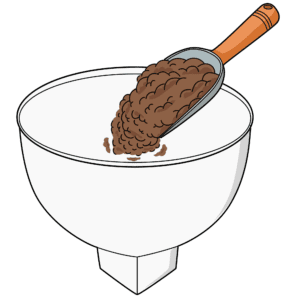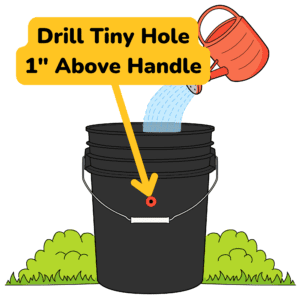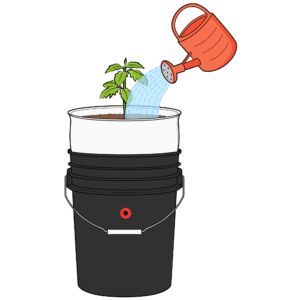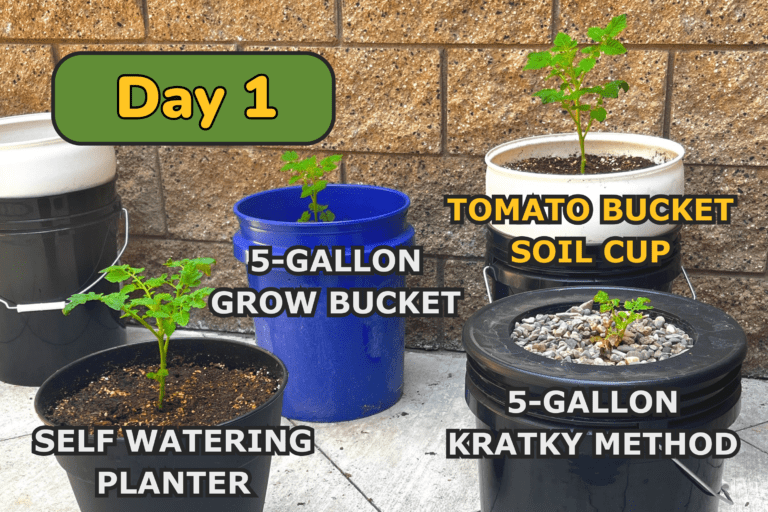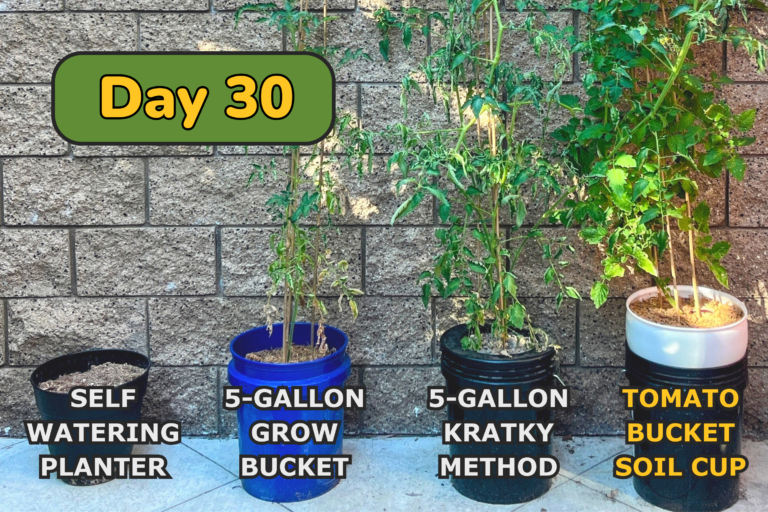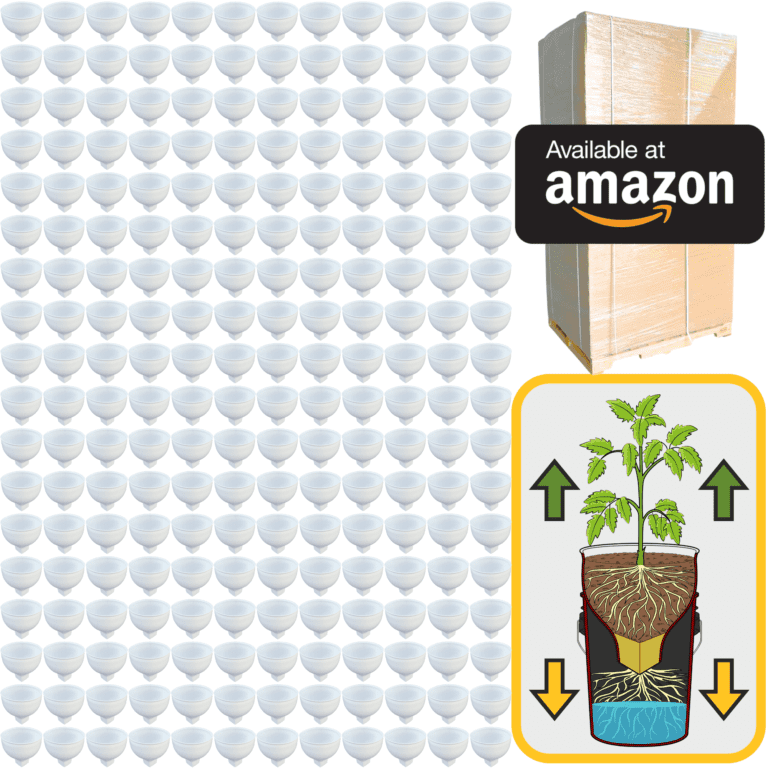The vegetative stage of cannabis is where the plant truly begins to flourish, a time when it stretches out its branches, spreads its leaves, and digs its roots deep into the soil. This is the plant’s building phase, laying the foundation for what’s to come in flowering. Think of it like building a house—the stronger the structure you create now, the better it will support everything you want to achieve later on. It’s a period of pure growth, and the goal is to make sure the plant has everything it needs to grow big, strong, and ready for the weight of heavy buds.
During the vegetative stage, light is the main driver. Cannabis plants thrive with long hours of light during this phase—usually 18 hours of light and 6 hours of darkness each day. This extended daylight mimics the summer sun, signaling to the plant that it’s time to grow as much as possible before flowering. With plenty of bright, full-spectrum light, the plant can photosynthesize efficiently, converting light energy into the sugars it needs to grow tall, thick, and full. The leaves you see stretching toward the light are doing exactly what they’re meant to, capturing energy and fueling rapid development. You’ll notice the main stem thickening, side branches extending, and leaves multiplying—all signs that the plant is preparing for the intense demands of flowering.
This phase is also the ideal time for training and shaping the plant. Training techniques help you guide the plant’s growth so that it makes the most of the space, light, and nutrients available. Low-Stress Training, or LST, is one of the gentlest and most effective methods. LST involves gently bending and securing branches to encourage them to spread out rather than grow straight up. By creating a wider, more even canopy, you allow light to reach more of the plant’s leaves and bud sites, leading to stronger growth. With LST, each branch has the chance to become a main bud site, resulting in a fuller plant that uses light and space efficiently. LST is especially useful for indoor growers, as it keeps plants from growing too tall while encouraging them to grow wider, making the best use of limited space.
Another valuable technique during this stage is topping, which involves cutting the tip of the main stem. When you top a plant, it responds by redirecting its energy to side branches, creating a bushier structure. Instead of one tall main stem, you get two main branches, each of which can produce its own large buds. Topping is like telling the plant to focus on spreading out rather than just growing up. When done early in the vegetative stage, topping gives the plant plenty of time to recover and build out a strong, supportive structure. The result is a fuller plant with multiple primary bud sites, which will pay off during flowering.
Pruning is also important in the vegetative stage. While it might seem counterintuitive to remove leaves or branches, selective pruning allows the plant to focus its energy where it matters most. By carefully trimming away small, lower branches that don’t receive much light, you help the plant direct more resources to the stronger, upper branches. This process increases airflow around the base of the plant, which can help prevent mold and mildew. Pruning, when done with a light touch, encourages a healthier, more productive plant, reducing energy spent on weak growth and focusing it on the main branches.
Defoliation is another tool for managing growth and ensuring good airflow. In this technique, you selectively remove some of the larger fan leaves, especially those that block light from reaching lower branches. With more light reaching deeper into the plant, the lower buds have a better chance to grow, creating a balanced canopy where each bud site has access to light and air. By maintaining a balance and avoiding removing too many leaves at once, you reduce the risk of stressing the plant. Defoliation can be an effective way to shape your plant for maximum light exposure and help it grow in a way that’s healthy and productive.
Throughout the vegetative stage, nutrition plays a big role. Cannabis plants have a strong need for nitrogen at this time, as it’s essential for leafy growth. A nutrient-rich soil or nutrient mix with a high nitrogen content helps the plant produce the lush, green foliage it needs to thrive. Alongside nitrogen, potassium and phosphorus are also crucial, as they support root development, disease resistance, and overall plant strength. Secondary nutrients like calcium and magnesium further aid growth, supporting cell structure and chlorophyll production. Feeding the plant a balanced mix of nutrients ensures it has all the building blocks it needs to keep pushing out new leaves and branches, developing into a sturdy, resilient plant.
Watering is another essential aspect during this stage. Cannabis roots need a balance of moisture and air, so it’s important not to overwater. Let the top inch of soil dry out between waterings, allowing the roots to breathe. Overwatering can lead to root rot, a condition that deprives the plant of oxygen and can severely stunt its growth. A good rule of thumb is to wait until the topsoil feels dry before watering again. By watering thoughtfully, you encourage the roots to grow deeper, reaching for moisture and nutrients, which strengthens the plant’s foundation.
The vegetative stage is a phase of preparation. It’s the plant’s chance to gather strength, spread its branches, and build the structure it will need to carry heavy buds in flowering. As you guide it through this phase, think of yourself as helping the plant to reach its full potential. Each time you train, prune, or feed the plant, you’re giving it the resources it needs to grow strong and resilient. Every leaf, branch, and root you encourage during this stage lays the groundwork for a successful flowering phase and a rich, abundant harvest.
Watching a cannabis plant grow through the vegetative stage is a rewarding experience, full of daily changes and growth. Each time you look, there’s something new to see—a fresh set of leaves, a thicker stem, or another branch reaching out. It’s a phase that requires your attention, but it gives back tenfold. By learning to read your plant’s signals, you become more in tune with its needs, developing a relationship that deepens as the plant grows.
Growing cannabis is a journey of partnership, one where you work alongside the plant to help it thrive. The vegetative stage is where that partnership begins to take shape, as you guide it gently and give it everything it needs to become its best. With the right care, your plant will enter the flowering stage full of health and vitality, ready to show you what it can achieve. It’s a process that brings you closer to nature, teaches patience, and rewards every bit of care you put in. The work you do now will echo through the plant’s entire life, setting it up for the heavy, resin-rich buds that make growing so rewarding. And as you see your plant reaching its full potential, you’ll understand the profound satisfaction that comes from nurturing life at its most vibrant.

